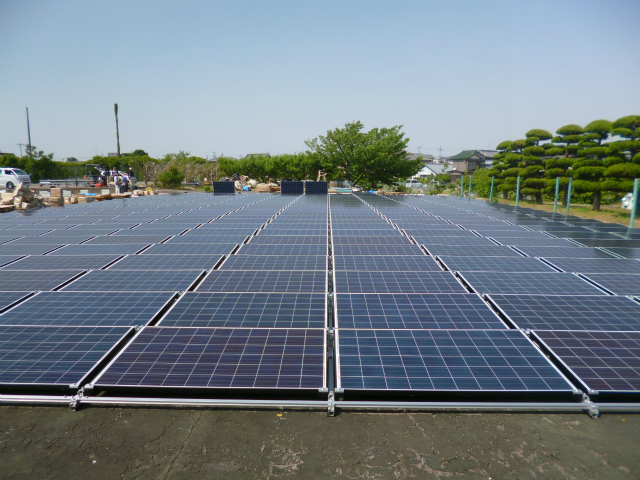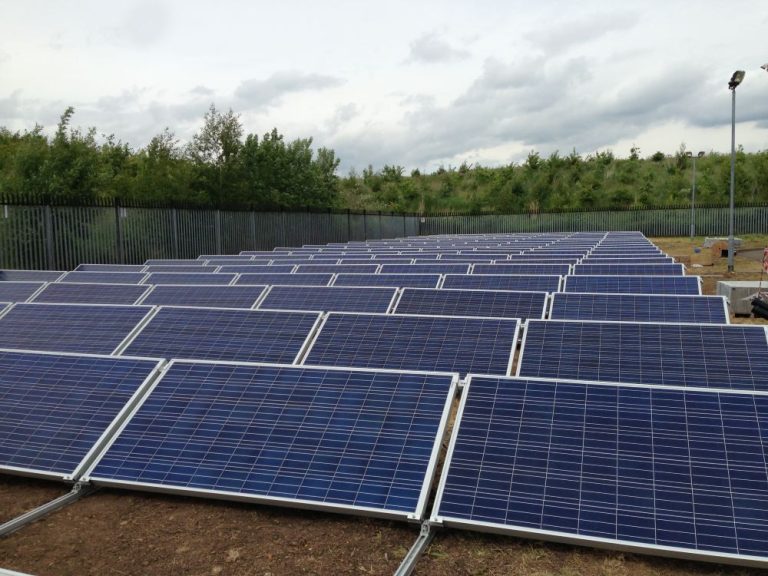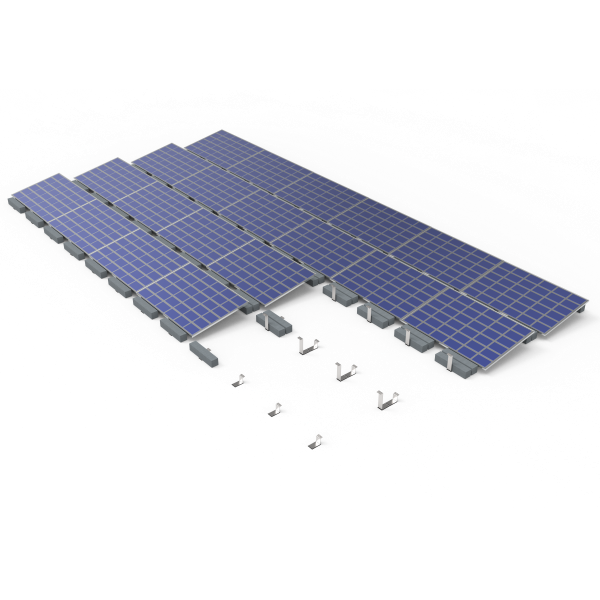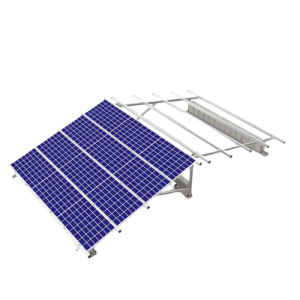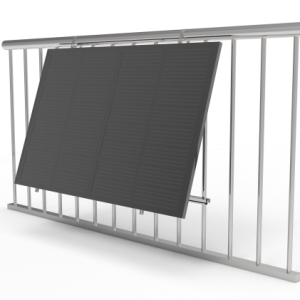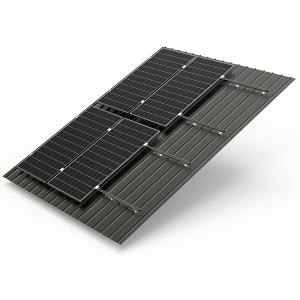Solar Ballast System – AthenaLite
Introducing AthenaLite, a paradigm of excellence in the solar ballast system realm, explicitly engineered for flat concrete and membrane roofs in low-wind areas. Crafted from superior Zn-Al-Mg coated steel, this system is a testament to enduring resilience and functionality. The no-penetration feature is a hallmark of AthenaLite, ensuring the structural sanctity of your roofs remains untouched.
What sets AthenaLite apart is its simplistic system composition coupled with space optimization, making it an epitome of efficiency and easy setup. It’s not just a solar racking system; it’s a promise of uncompromised stability, maximized space utilization, and a hassle-free installation experience, aligning with the ethos of sustainable and reliable solar energy solutions.
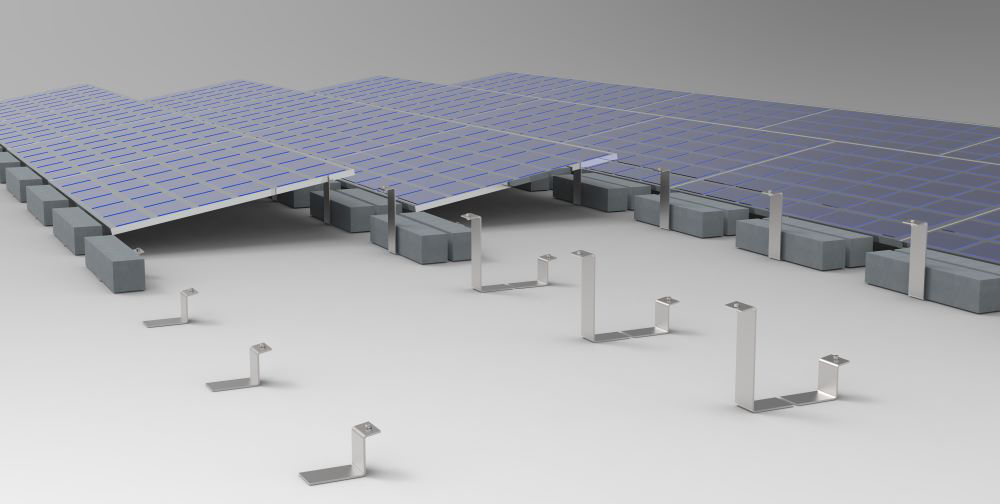

Zero Roof Impact
AthenaLT’s design ensures a secure mount without any roof penetration, preserving its structural integrity
Zn-Al-Mg Coated Steel
Robust material choice for long-term durability and superior corrosion resistance.

Unbeatable Simplicity
Minimized components for a straightforward setup, reducing the installation time and costs.

Cost Efficiency
The most economical solar ballast system for flat roofs, AthenaLT maximizes your ROI.

Front Base
- Steel
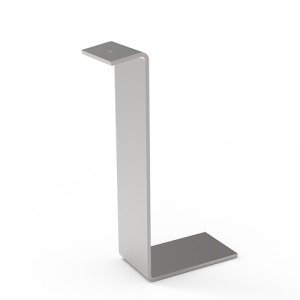
Rear Support
- Steel
AthenaLT excels in offering the simplest installation and being the most budget-friendly option available.
Absolutely, it's engineered for both concrete and membrane flat or low-pitch roofs. Generally, it's perfect for roofs with low bearing capacity, or roofs that do not allow penetration.
No. No penetration to the roofing is required.
The system is made from Zn-Al-Mg coated steel, ensuring robust durability.
AthenaLT is recommended for areas with low wind speeds. If you need better wind resistance, Athena, the pro version of ballasted mounting, is recommended.
We provide detailed installation guides, drawings, and dedicated customer support for a seamless experience. The structural calculation is also available for industrial projects.
The following info is usually required, the more detailed, the better.
- Pictures of the roof;
- Desired layout of the solar panels;
- Wind and snow conditions of the region.
